Discover BirdNote Daily
BirdNote Daily

1082 Episodes
Reverse
Loons are built for life in the water – so much so that their legs don’t work well on land. During migration, loons sometimes mistake wet pavement for the reflective surface of deep water and try to land there, then become unable to take flight again. If you see a stranded loon on a road or parking lot, calling a wildlife rehabilitator can help start the process of returning that bird to safety and back on their migratory journey.More info and transcript at BirdNote.org. Want more BirdNote? Subscribe to our weekly newsletter. Sign up for BirdNote+ to get ad-free listening and other perks. BirdNote is a nonprofit. Your tax-deductible gift makes these shows possible.
Aplomado Falcons were once widespread residents of the American Southwest, but by the 1950s, they'd disappeared entirely from the region. Loss of habitat, loss of prey, and pesticides all played a role. But in the 1980s, a group called The Peregrine Fund began breeding captive Aplomado Falcons. Over the next 25 years, 1,500 fledglings were set free in South Texas. At the same time, conservation pacts with private landowners provided more than two million acres of habitat. Learn more in Related Resources below.More info and transcript at BirdNote.org. Want more BirdNote? Subscribe to our weekly newsletter. Sign up for BirdNote+ to get ad-free listening and other perks. BirdNote is a nonprofit. Your tax-deductible gift makes these shows possible.
When writer Lee Ann Roripaugh visited the annual staging grounds of Sandhill Cranes in Nebraska, she was in awe of the birds. During their spring migration, hundreds of thousands of cranes roost on sandbars in the Platte River. The sound and sight of these birds is breathtaking; Lee Ann captures it beautifully in her poem “:: #sandhillcranes #string of beads ::.”More info and transcript at BirdNote.org. Want more BirdNote? Subscribe to our weekly newsletter. Sign up for BirdNote+ to get ad-free listening and other perks. BirdNote is a nonprofit. Your tax-deductible gift makes these shows possible.
A hummingbird's brilliant throat feathers are called a "gorget," a term applied in past centuries to the metallic swatch protecting the throat of a knight-in-armor. Light waves reflect and refract off the throat feathers, creating color in the manner of sun glinting off a film of oil on water. The gorget of this Rufous Hummingbird is stunning!More info and transcript at BirdNote.org. Want more BirdNote? Subscribe to our weekly newsletter. Sign up for BirdNote+ to get ad-free listening and other perks. BirdNote is a nonprofit. Your tax-deductible gift makes these shows possible.
The asteroid that struck the Yucatán 66 million years ago wreaked worldwide ecological damage, spelling the end for most dinosaurs and destroying the world’s forests. Yet a few bird-like dinosaur groups made it through. Scientists believe that these groups were all ground-dwellers. Though some species could fly, a life on the ground would have been a key advantage in a world without forests. All modern birds evolved from these ancient creatures.More info and transcript at BirdNote.org. Want more BirdNote? Subscribe to our weekly newsletter. Sign up for BirdNote+ to get ad-free listening and other perks. BirdNote is a nonprofit. Your tax-deductible gift makes these shows possible.
The White-tailed Hawk thrives in the grassy plains of the Texas Coastal Plain, where many tropical species reach the northern limit of their ranges. White-tailed Hawks often hunt by kiting: hovering like a kite in the breeze with the wings held in a “V” above the body, dropping suddenly on their prey. When a grass fire breaks out, they hunt small animals fleeing from the fire’s edge.More info and transcript at BirdNote.org. Want more BirdNote? Subscribe to our weekly newsletter. Sign up for BirdNote+ to get ad-free listening and other perks. BirdNote is a nonprofit. Your tax-deductible gift makes these shows possible.
John Kessler served as BirdNote’s senior producer for over 18 years. But before BirdNote existed, he was recording the sounds of Seattle for public radio station KPLU, now called KNKX. After capturing many of Seattle’s well-known spots on tape, he broadened his scope by connecting with local birders to find the best places to hear birds around town. Shortly after, BirdNote's founder, Chris Petersen, sought out John's musical ear to help create a sound-rich show highlighting the joy of birds.More info and transcript at BirdNote.org. Want more BirdNote? Subscribe to our weekly newsletter. Sign up for BirdNote+ to get ad-free listening and other perks. BirdNote is a nonprofit. Your tax-deductible gift makes these shows possible.
The Belted Kingfisher dashes through the air, warning intruders with its rapid-fire, rattling call. In spring, the best places to see Belted Kingfishers are along sandy banks – they are busy digging burrows, where they will nest. The holes typically reach three to six feet into the bank, but some nesting holes can extend 15 feet.More info and transcript at BirdNote.org. Want more BirdNote? Subscribe to our weekly newsletter. Sign up for BirdNote+ to get ad-free listening and other perks. BirdNote is a nonprofit. Your tax-deductible gift makes these shows possible.
In this episode featuring Aviary — the shapeshifting bird superhero — the surprising abilities of birds come in handy when a student gets lost exploring a cave with his class. Aviary remembers an amazing bird called the Himalayan Swiftlet that’s able to echolocate like a bat, and enlists this species’ superpower to save the day.More info and transcript at BirdNote.org. Want more BirdNote? Subscribe to our weekly newsletter. Sign up for BirdNote+ to get ad-free listening and other perks. BirdNote is a nonprofit. Your tax-deductible gift makes these shows possible.
It's spring! And for many birds, a time to look their best to attract a new mate. This American Goldfinch has recently molted. Its old, worn-down feathers have fallen out, and new ones have grown in. When goldfinches molt in the fall, they lose these brightly colored feathers. Their winter camouflage helps them blend in with the drab background of the season.More info and transcript at BirdNote.org. Want more BirdNote? Subscribe to our weekly newsletter. Sign up for BirdNote+ to get ad-free listening and other perks. BirdNote is a nonprofit. Your tax-deductible gift makes these shows possible.
Beavers are well known as ecosystem engineers in North America. In Australia, lyrebirds play a big role in shaping their environment when they use their toes to dig in the ground for food. A single lyrebird can shift 11 dump truck loads of soil and leaves — each year! That’s thought to be more than any other digging animal. Lyrebirds are best known for their spot-on imitations of other birds’ songs and calls.More info and transcript at BirdNote.org. Want more BirdNote? Subscribe to our weekly newsletter. Sign up for BirdNote+ to get ad-free listening and other perks. BirdNote is a nonprofit. Your tax-deductible gift makes these shows possible.
House Wrens dart from perch to perch and sing almost nonstop. They’re one of the most thoroughly studied songbird species. House Wrens nest in cavities, including backyard nest boxes. Most migrate south in late summer. The male House Wren sometimes builds multiple nests, allowing his mate to choose her favorite and put her finishing touches on it.More info and transcript at BirdNote.org. Want more BirdNote? Subscribe to our weekly newsletter. Sign up for BirdNote+ to get ad-free listening and other perks. BirdNote is a nonprofit. Your tax-deductible gift makes these shows possible.
The avian world is full of mimicry artists, but Northern Mockingbirds take it to a new level. Not only can they imitate other birds, they can mimic frogs and toads! Their performances are so convincing it’s hard to tell frog from bird. It’s still unknown how this benefits mockingbirds, but scientists think that the females might find it attractive.More info and transcript at BirdNote.org. Want more BirdNote? Subscribe to our weekly newsletter. Sign up for BirdNote+ to get ad-free listening and other perks. BirdNote is a nonprofit. Your tax-deductible gift makes these shows possible.
Each spring, millions of songbirds migrate north from the tropics to nest in North America. It takes 15 hours on average to cross the roughly 500 miles of the Gulf of Mexico. If wind or rain slows the crossing, the birds are worn out and famished when they reach land. What will they find on gaining the coast? Along the upper Gulf Coast of Texas, many arriving birds — including Rose-breasted Grosbeaks, like this one — find respite on High Island, Texas.More info and transcript at BirdNote.org. Want more BirdNote? Subscribe to our weekly newsletter. Sign up for BirdNote+ to get ad-free listening and other perks. BirdNote is a nonprofit. Your tax-deductible gift makes these shows possible.
For National Poetry Month, we’re sharing contemporary writers’ work about birds. Poet Susan Nguyen got a hummingbird feeder from her neighbor in 2020 during the COVID pandemic. She began taking an interest in the hummingbirds that visited, giving them names and learning the surprising way they use their tongues to drink nectar. The way birds defy expectations has helped inspire several of Susan’s poems.More info and transcript at BirdNote.org. Want more BirdNote? Subscribe to our weekly newsletter. Sign up for BirdNote+ to get ad-free listening and other perks. BirdNote is a nonprofit. Your tax-deductible gift makes these shows possible.
Most raptors are solitary birds, but Harris’s Hawks of the southwestern U.S. live and hunt in groups of two to six. After spotting a prey animal, the hawks swoop in from various directions to catch the confused creature. If they miss and their prey takes cover, some of the birds try to flush it out while others lie in ambush. Their teamwork may help them safely pursue bigger animals or capture well-hidden prey.More info and transcript at BirdNote.org. Want more BirdNote? Subscribe to our weekly newsletter. Sign up for BirdNote+ to get ad-free listening and other perks. BirdNote is a nonprofit. Your tax-deductible gift makes these shows possible.
The Wilson's Snipe lives in marshes and muddy areas, where it probes for worms and other squirmy delights. But when spring comes, it takes to the air. The male Wilson's Snipe circles high above in a series of roller-coaster arcs, each descent marked by a loud and distinctive sound. This winnowing sound comes from its wings and a couple of tail feathers! Take a field trip with your local Audubon and you may find a snipe.More info and transcript at BirdNote.org. Want more BirdNote? Subscribe to our weekly newsletter. Sign up for BirdNote+ to get ad-free listening and other perks. BirdNote is a nonprofit. Your tax-deductible gift makes these shows possible.
In this April Fool’s Day quiz from BirdNote, we play the sounds of three birds — only one of which is real. See if you can tell which one, and let us know here!More info and transcript at BirdNote.org. Want more BirdNote? Subscribe to our weekly newsletter. Sign up for BirdNote+ to get ad-free listening and other perks. BirdNote is a nonprofit. Your tax-deductible gift makes these shows possible.
Bats and birds have evolved very different ways of flying. Birds have stiff feathers projecting from lightweight, fused arm and hand bones; bats have flexible wings of membranes stretched between elongated fingers. While birds use the strong downstroke of their wings to fly, bats support their weight on the upstroke, too, by twisting their wings backward. Bats tend to be more agile in flight, while many birds can fly with greater speed.More info and transcript at BirdNote.org. Want more BirdNote? Subscribe to our weekly newsletter. Sign up for BirdNote+ to get ad-free listening and other perks. BirdNote is a nonprofit. Your tax-deductible gift makes these shows possible.
The Pine Warbler is one of the few warblers that make appearances at bird feeders. They live year round in pine forests of the southeast U.S. and several Caribbean islands. Early spring is a good time to see them migrating through cities in the Midwest and the East Coast. If there’s a pine or two nearby, look for them picking through pine needles for food. Their song, heard throughout the year, is a sweet-sounding trill.More info and transcript at BirdNote.org. Want more BirdNote? Subscribe to our weekly newsletter. Sign up for BirdNote+ to get ad-free listening and other perks. BirdNote is a nonprofit. Your tax-deductible gift makes these shows possible.






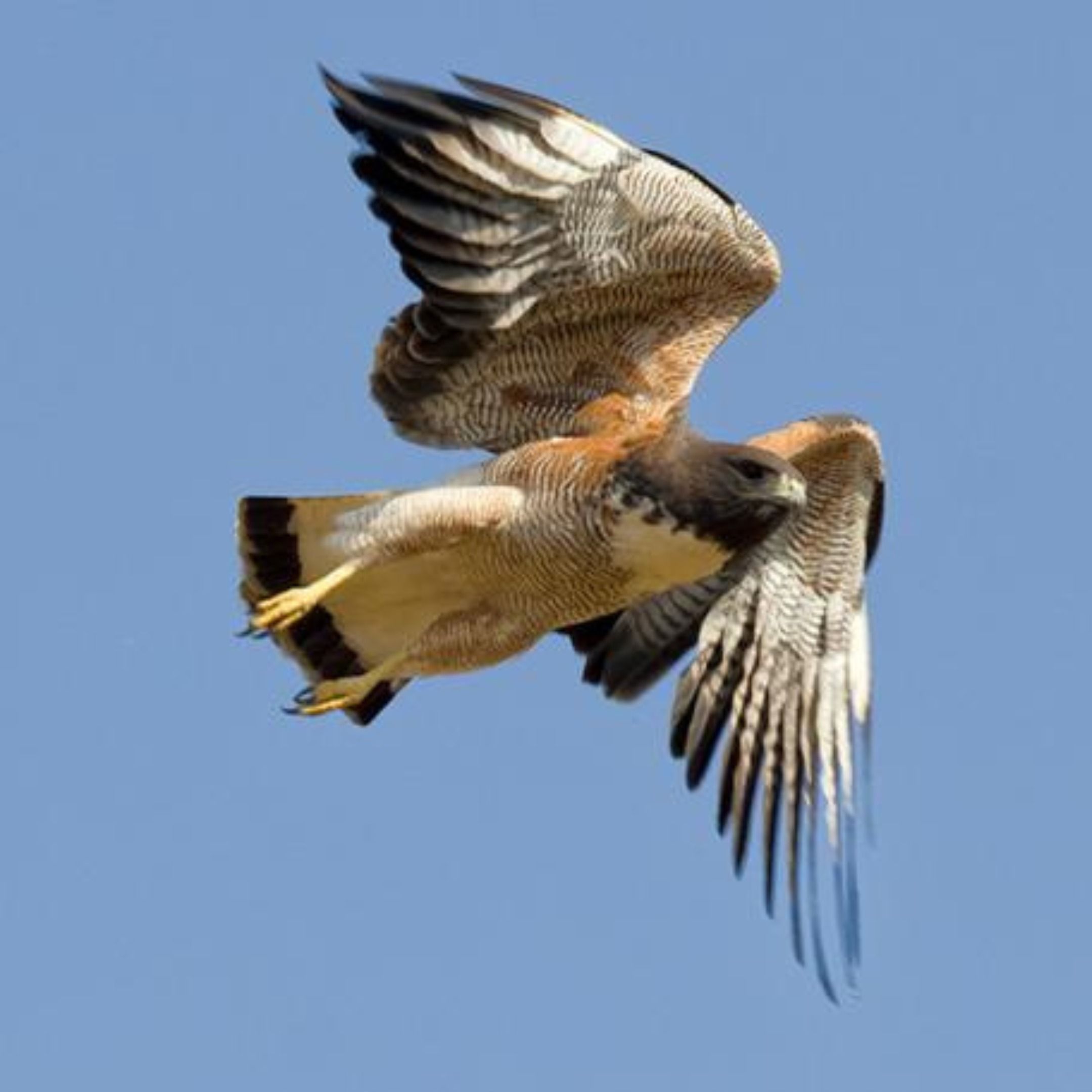



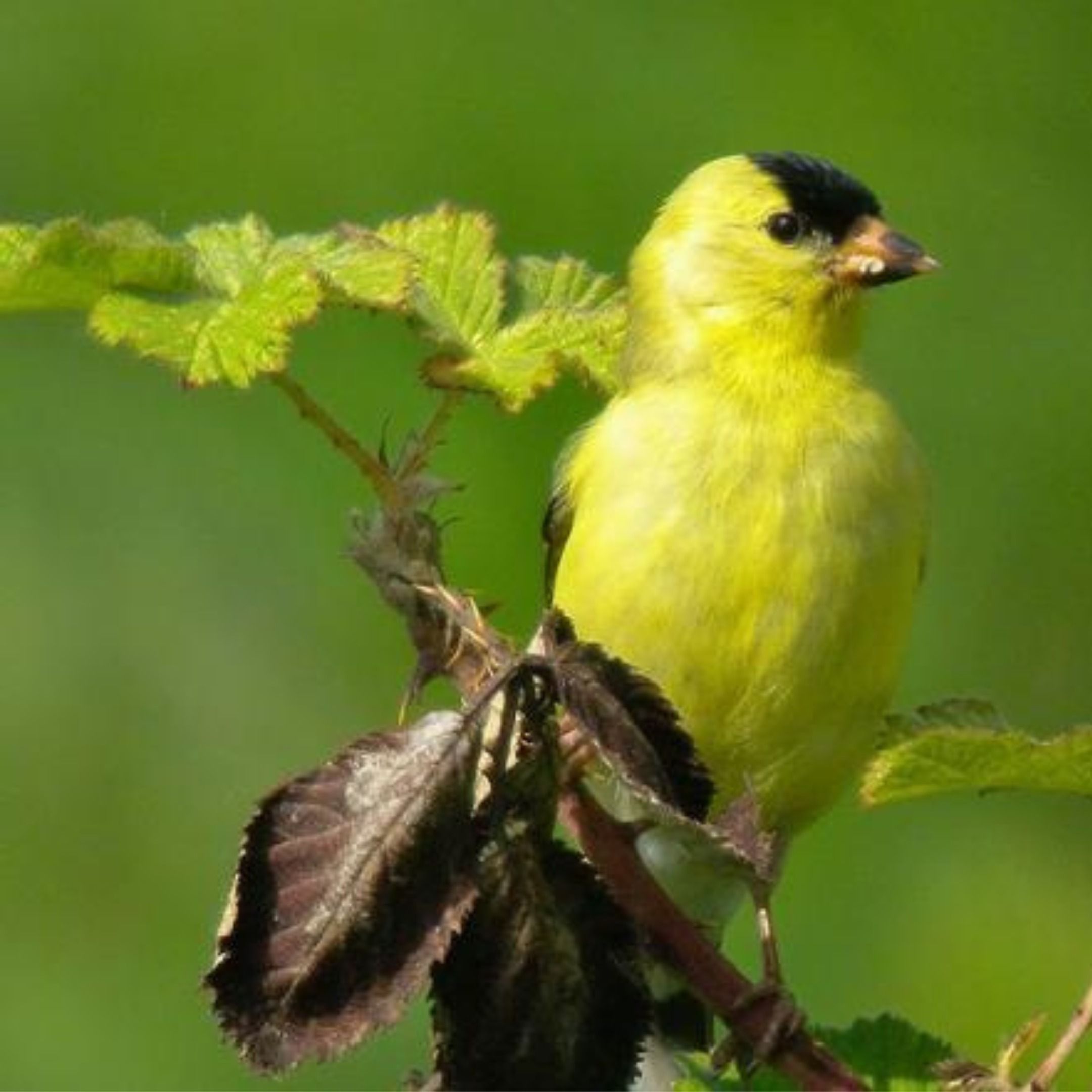
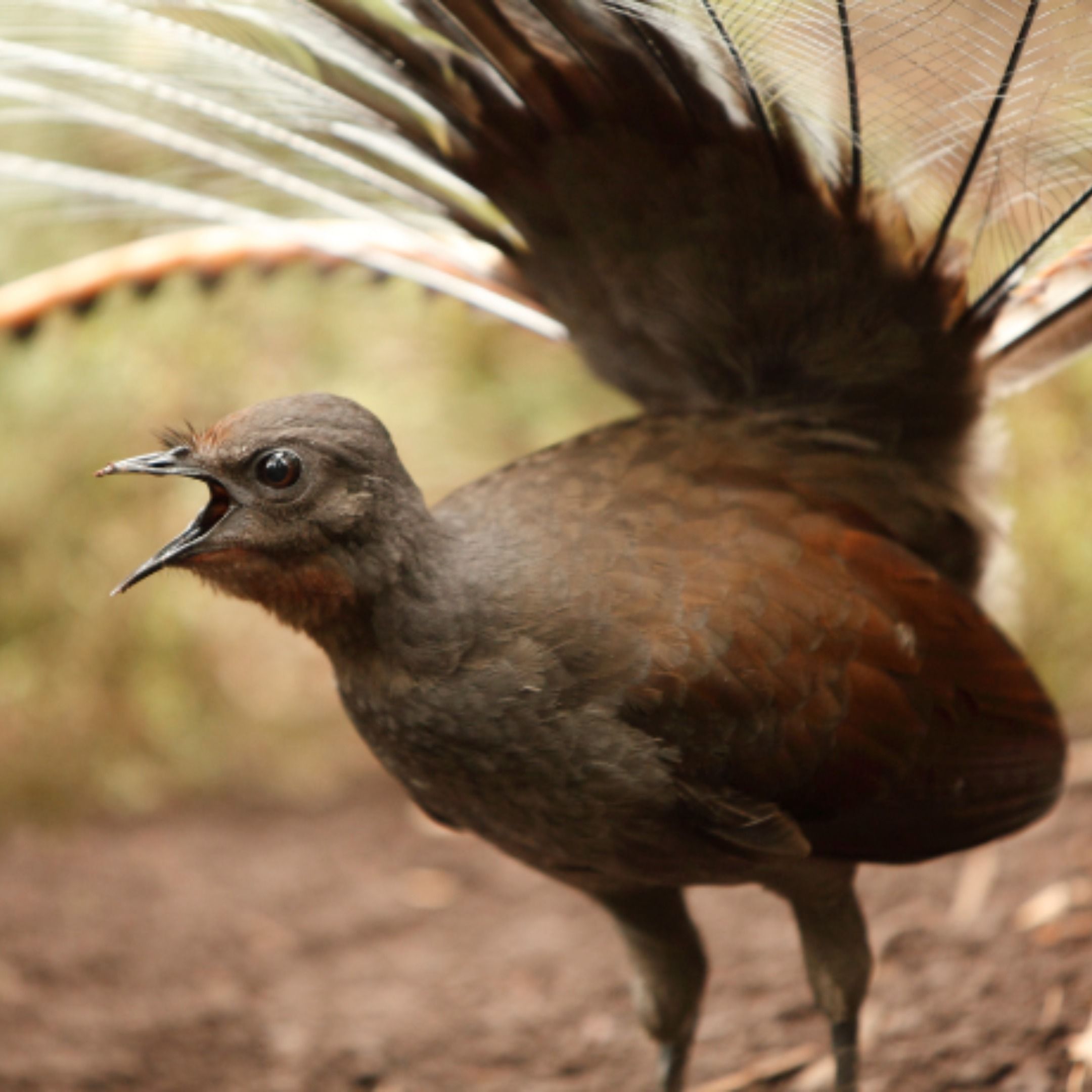
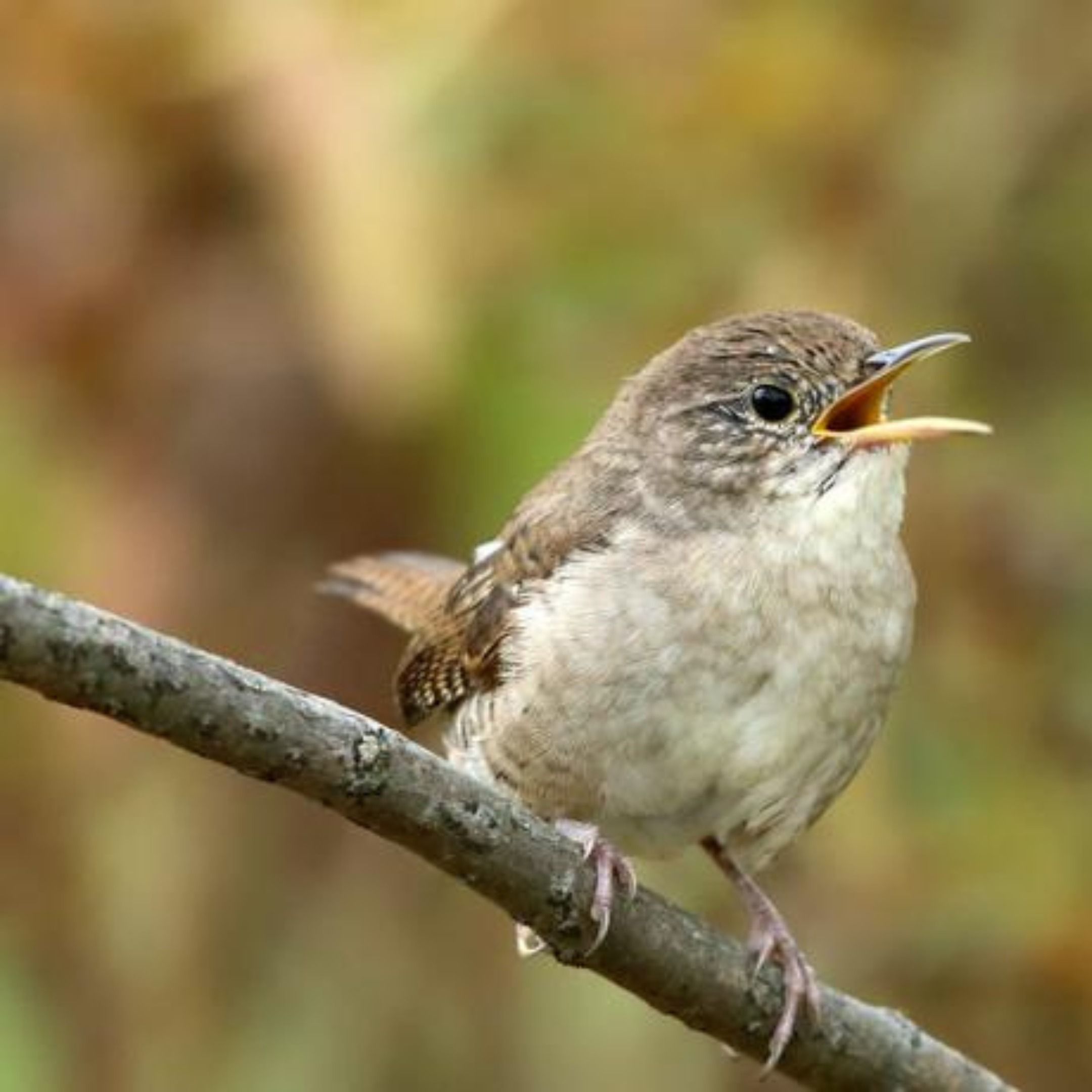

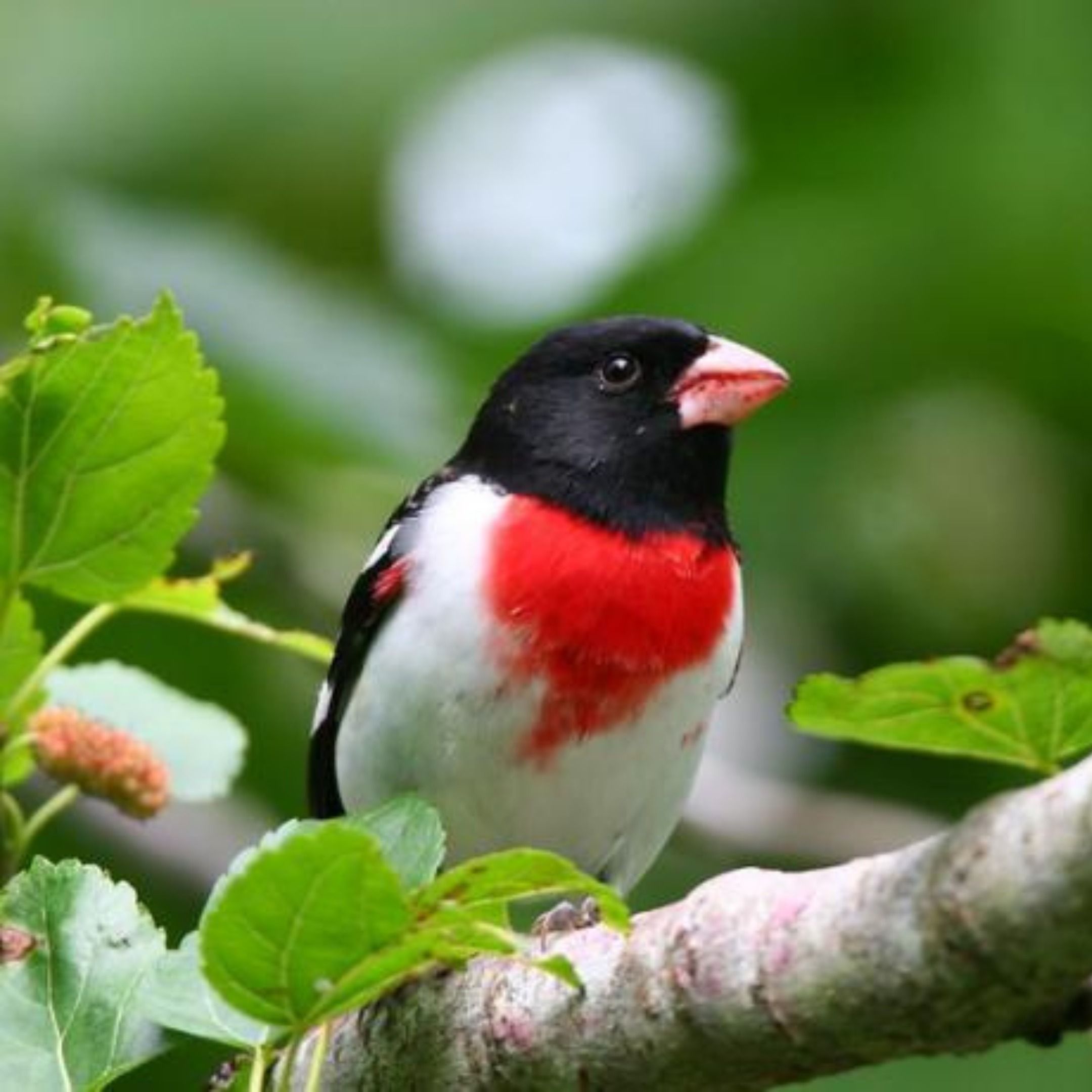









⭐⭐⭐⭐⭐ https://nativeplantfinder.nwf.org/ Find a US zip code on the same latitude, as you are. And you find trees + plants & animals etc. For every plant and tree. Enjoy the hunt. (^^,)
Yeps humans do it too. (^^,) From Republic of Tuva is what you hear last in this episode. AND you will find more here to watch. : https://m.youtube.com/watch?v=Mkm9N_T_mgk&list=PLFvjMOwDLtDC-Qk4DkviD9IYq_cb9GfiI&index=35&pp=gAQBiAQB8AUB ,Ohhh and this lady is a very good singer too. https://m.youtube.com/watch?v=Mkm9N_T_mgk&list=PLFvjMOwDLtDC-Qk4DkviD9IYq_cb9GfiI&index=35&pp=gAQBiAQB8AUB ENJOY And remember that all people do this, when they speak and sing.
Turdus migratorius
Love this https://midhunp.com/
wow https://shalushaan.com
I love how creative and insightful these episodes are. Thank you
how lovely!
,
This podcast is wonderful & so informative. Thanks for sharing.